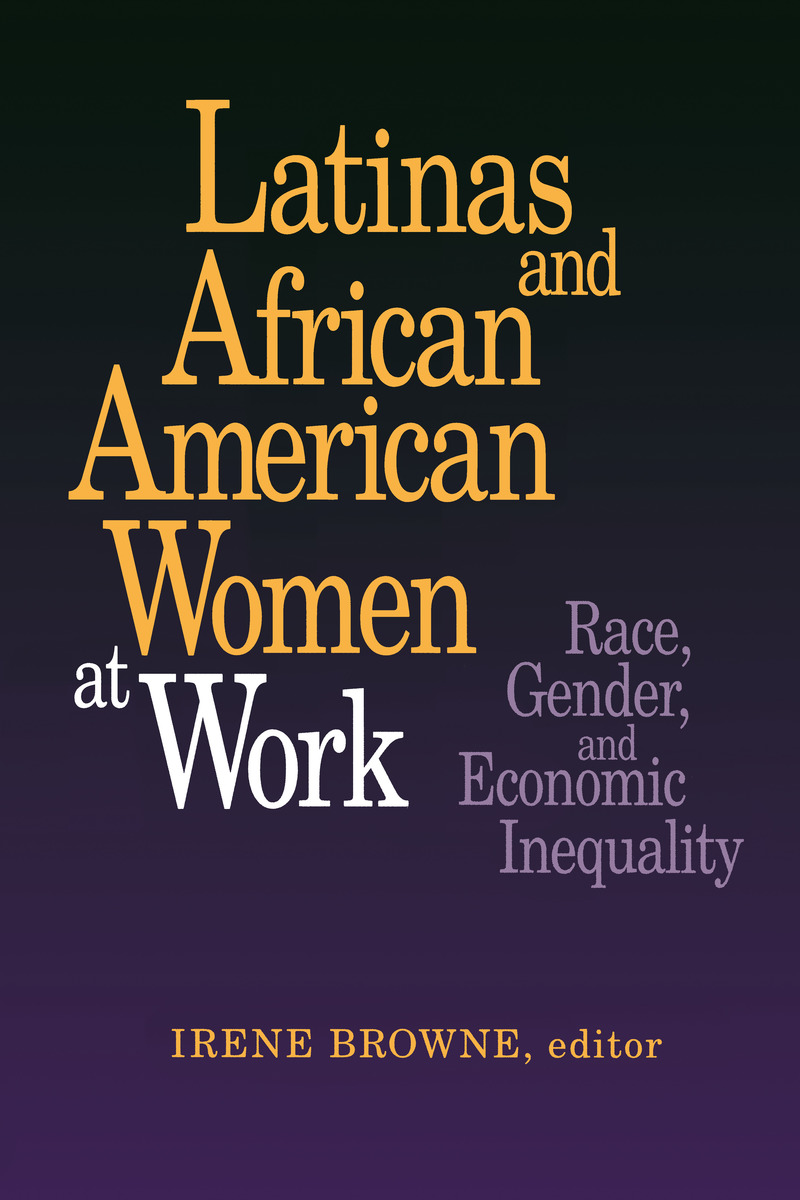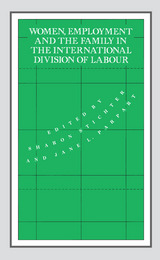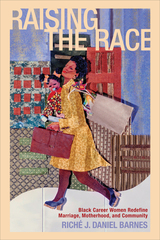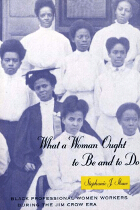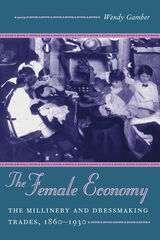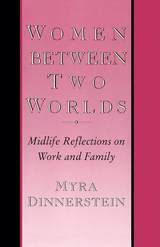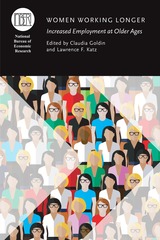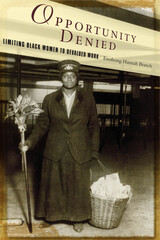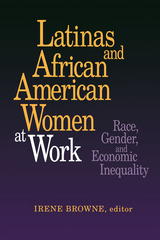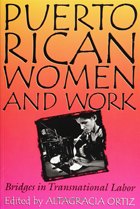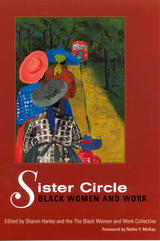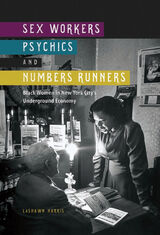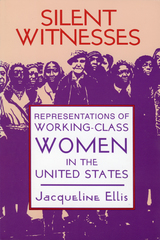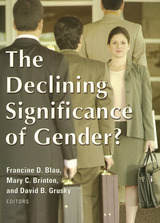Latinas and African American Women at Work: Race, Gender, and Economic Inequality
Russell Sage Foundation, 1999
Cloth: 978-0-87154-147-5 | Paper: 978-0-87154-142-0 | eISBN: 978-1-61044-094-3
Library of Congress Classification HD6057.5.U5L37 1999
Dewey Decimal Classification 331.408996073
Cloth: 978-0-87154-147-5 | Paper: 978-0-87154-142-0 | eISBN: 978-1-61044-094-3
Library of Congress Classification HD6057.5.U5L37 1999
Dewey Decimal Classification 331.408996073
ABOUT THIS BOOK | AUTHOR BIOGRAPHY | TOC
ABOUT THIS BOOK
One of Choice magazine's Outstanding Academic Books of 1999 Accepted wisdom about the opportunities available to African American and Latina women in the U.S. labor market has changed dramatically. Although the 1970s saw these women earning almost as much as their white counterparts, in the 1980s their relative wages began falling behind, and the job prospects plummeted for those with little education and low skills. At the same time, African American women more often found themselves the sole support of their families. While much social science research has centered on the problems facing black male workers, Latinas and African American Women at Work offers a comprehensive investigation into the eroding progress of these women in the U.S. labor market. The prominent sociologists and economists featured in this volume describe how race and gender intersect to especially disadvantage black and Latina women. Their inquiries encompass three decades of change for women at all levels of the workforce, from those who spend time on the welfare rolls to middle class professionals. Among the many possible sources of increased disadvantage, they particularly examine the changing demands for skills, increasing numbers of immigrants in the job market, the precariousness of balancing work and childcare responsibilities, and employer discrimination. While racial inequity in hiring often results from educational differences between white and minority women, this cannot explain the discrimination faced by women with higher skills. Minority women therefore face a two-tiered hurdle based on race and gender. Although the picture for young African American women has grown bleaker overall, for Latina women, the story is more complex, with a range of economic outcomes among Cubans, Puerto Ricans, Mexicans, and Central and South Americans. Latinas and African American Women at Work reveals differences in how professional African American and white women view their position in the workforce, with black women perceiving more discrimination, for both race and gender, than whites. The volume concludes with essays that synthesize the evidence about racial and gender-based obstacles in the labor market. Given the current heated controversy over female and minority employment, as well as the recent sweeping changes to the national welfare system, the need for empirical data to inform the public debate about disadvantaged women is greater than ever before. The important findings in Latinas and African American Women at Work substantially advance our understanding of social inequality and the pervasive role of race, ethnicity and gender in the economic well-being of American women.
See other books on: African American women | Browne, Irene | Employment | Hispanic American women | Latinas
See other titles from Russell Sage Foundation
